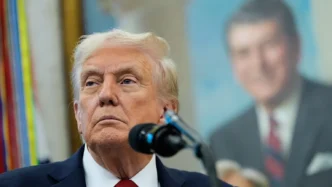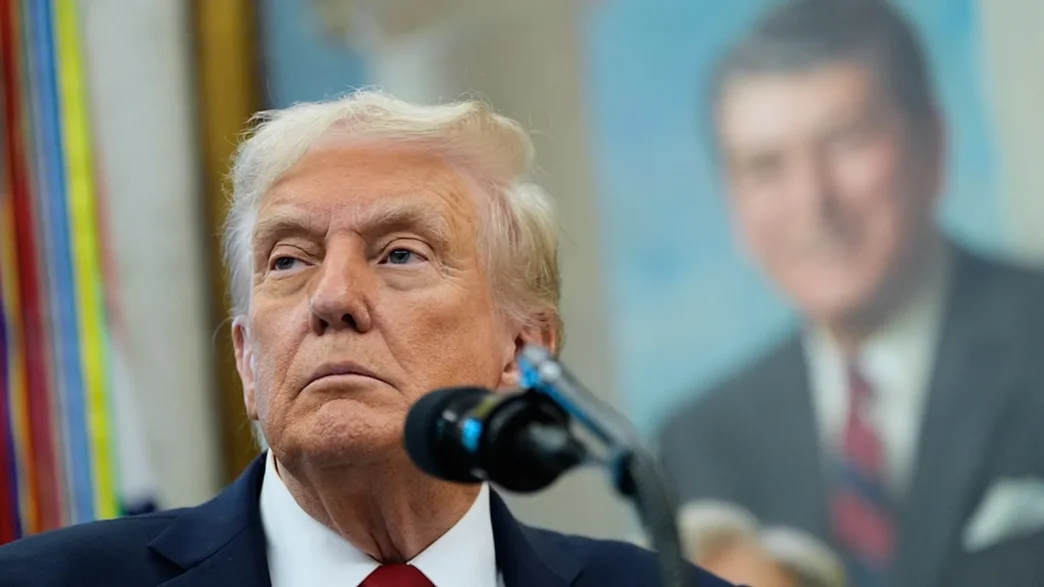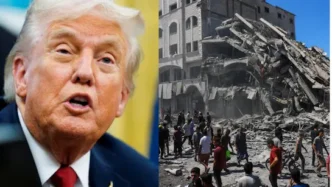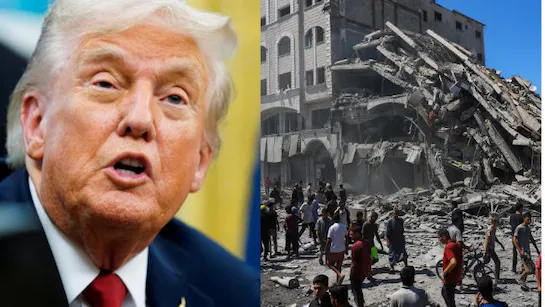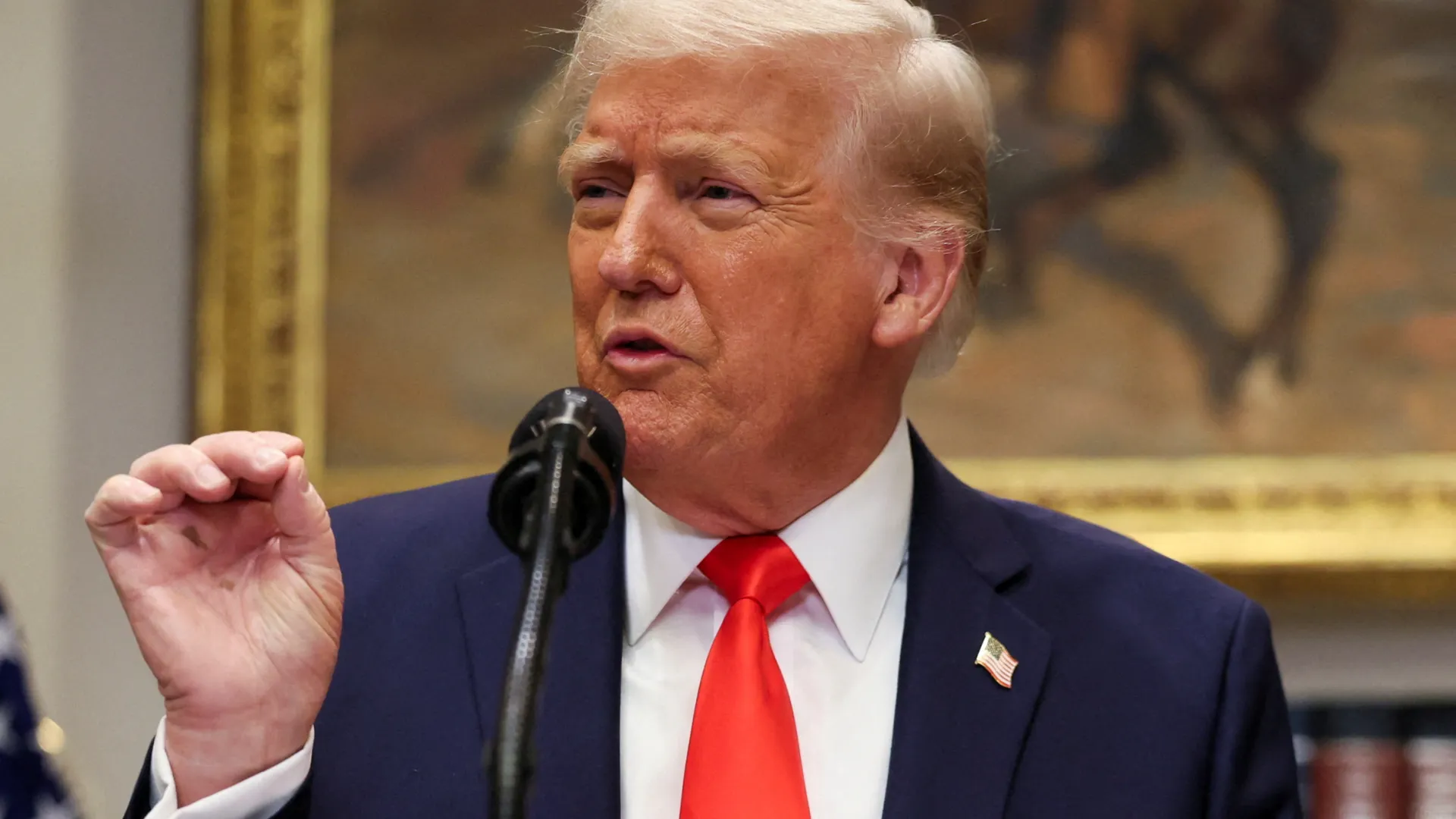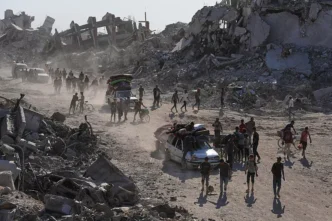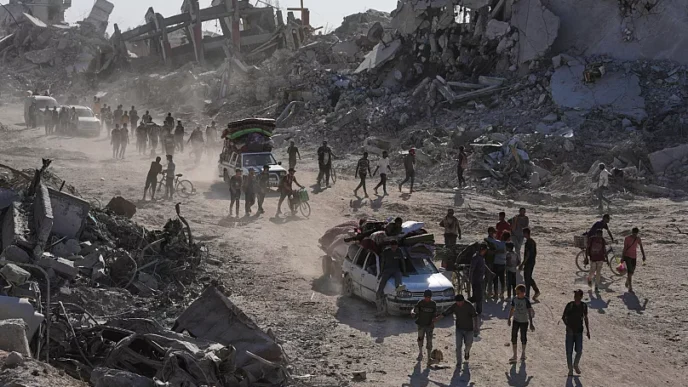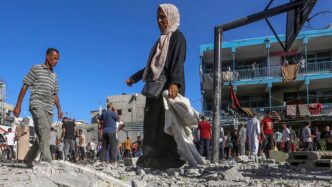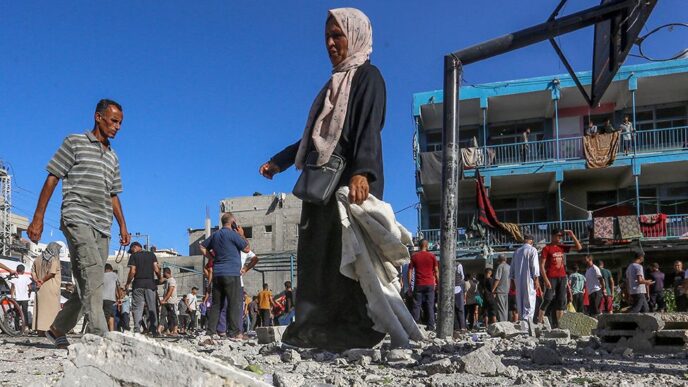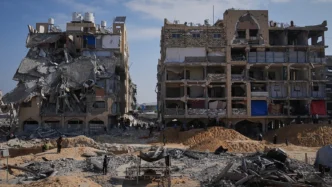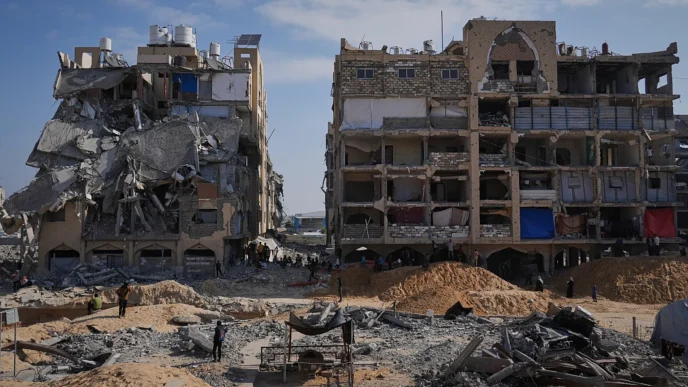In a surprising escalation of diplomatic pressure, U.S. President Donald Trump has called on Israel to immediately halt its bombing campaign in Gaza after Hamas indicated a willingness to accept parts of his proposed peace plan. The move comes amid intense global focus on the Gaza conflict and rising humanitarian concerns.
Trump’s Statement and Hamas’ Response
On October 3, 2025, Donald Trump publicly demanded that Israel suspend its ongoing military operations in Gaza, stating that Hamas appeared “ready for a lasting peace” and that continued strikes could endanger hostage negotiations.
The announcement followed reports that Hamas had agreed in principle to several key components of Trump’s 20-point peace proposal, including the release of hostages, formation of a transitional government in Gaza, and a temporary ceasefire.
Israeli forces initially continued limited operations but were later instructed to scale back strikes and prepare for the first phase of Trump’s peace plan, focusing on hostage exchanges and humanitarian relief efforts.
Key Points of Trump’s Gaza Peace Plan
Trump’s plan, introduced in late September 2025, outlines a roadmap aimed at ending the conflict and restructuring Gaza’s governance. Its main components include:
- An immediate ceasefire, conditional on reciprocal action from Hamas.
- The release of all hostages in exchange for Palestinian prisoners.
- A transition of Gaza’s governance from Hamas to a neutral, internationally supervised administration.
- Gradual demilitarization of Gaza under international oversight.
- Reconstruction and humanitarian aid led by a coalition of Arab states and Western partners.
While Hamas signaled acceptance of several political and humanitarian aspects of the plan, it stopped short of agreeing to full disarmament, indicating that further consultations among Palestinian factions would be necessary.
Political and Strategic Implications
For the United States and Trump
The former president’s direct involvement in calling for an Israeli halt marks an assertive return to Middle Eastern diplomacy. Trump has framed his plan as an opportunity to “achieve the deal of the century” that his previous administration could not fully implement. His stance also serves to strengthen his foreign policy credentials ahead of potential political developments in Washington.
For Israel
Prime Minister Benjamin Netanyahu faces mounting pressure both domestically and internationally. On one hand, he must reassure Israeli citizens of their security; on the other, he confronts global calls for restraint and prioritization of humanitarian efforts. The decision to partially scale back operations demonstrates Israel’s attempt to balance these conflicting demands while preserving leverage in future negotiations.
For Hamas and Palestinian Factions
Hamas’s partial acceptance of the proposal represents a significant political shift. While its leadership seeks to project pragmatism, internal divisions persist regarding the scope of concessions to Israel and the international community. Its stance is also shaped by the humanitarian crisis in Gaza and the urgent need for relief among the civilian population.
For the International Community
The United Nations, the European Union, and regional powers such as Egypt, Qatar, and Turkey have welcomed the renewed diplomatic dialogue. These actors see Trump’s plan as a potential foundation for broader negotiations but remain cautious about its implementation and enforcement.
Risks and Challenges
Despite growing optimism, several challenges could undermine the peace process:
- The ceasefire’s success depends on strict mutual compliance and monitoring mechanisms that remain undefined.
- Verification of Hamas’s disarmament and Israel’s withdrawal may prove logistically complex.
- Domestic opposition in both Israel and Gaza could derail the process.
- The humanitarian crisis in Gaza continues to worsen, demanding urgent coordination of aid and reconstruction efforts.
- Any breakdown in communication or trust could quickly reignite hostilities.
Outlook: A Fragile Path to Peace
Three possible scenarios are emerging in the coming weeks:
- Comprehensive Ceasefire and Hostage Exchange – Both sides honor the initial phase of Trump’s plan, leading to a negotiated truce and the start of reconstruction efforts.
- Partial Implementation – A limited freeze in hostilities takes place, but disagreements over disarmament or governance stall further progress.
- Collapse of Negotiations – Renewed attacks or political resistance could unravel the agreement and return the region to full-scale conflict.
Conclusion
Donald Trump’s intervention in the Gaza conflict has shifted the diplomatic landscape, injecting new momentum into efforts for a ceasefire and potential political settlement. Hamas’s partial acceptance of his plan suggests that a negotiated pause in fighting may be possible. However, the fragile trust between parties and unresolved core issues—such as demilitarization and governance—mean the path forward remains uncertain.
Whether this moment leads to a genuine step toward peace or simply a temporary lull in violence will depend on both sides’ willingness to act with restraint and commit to meaningful compromise.


